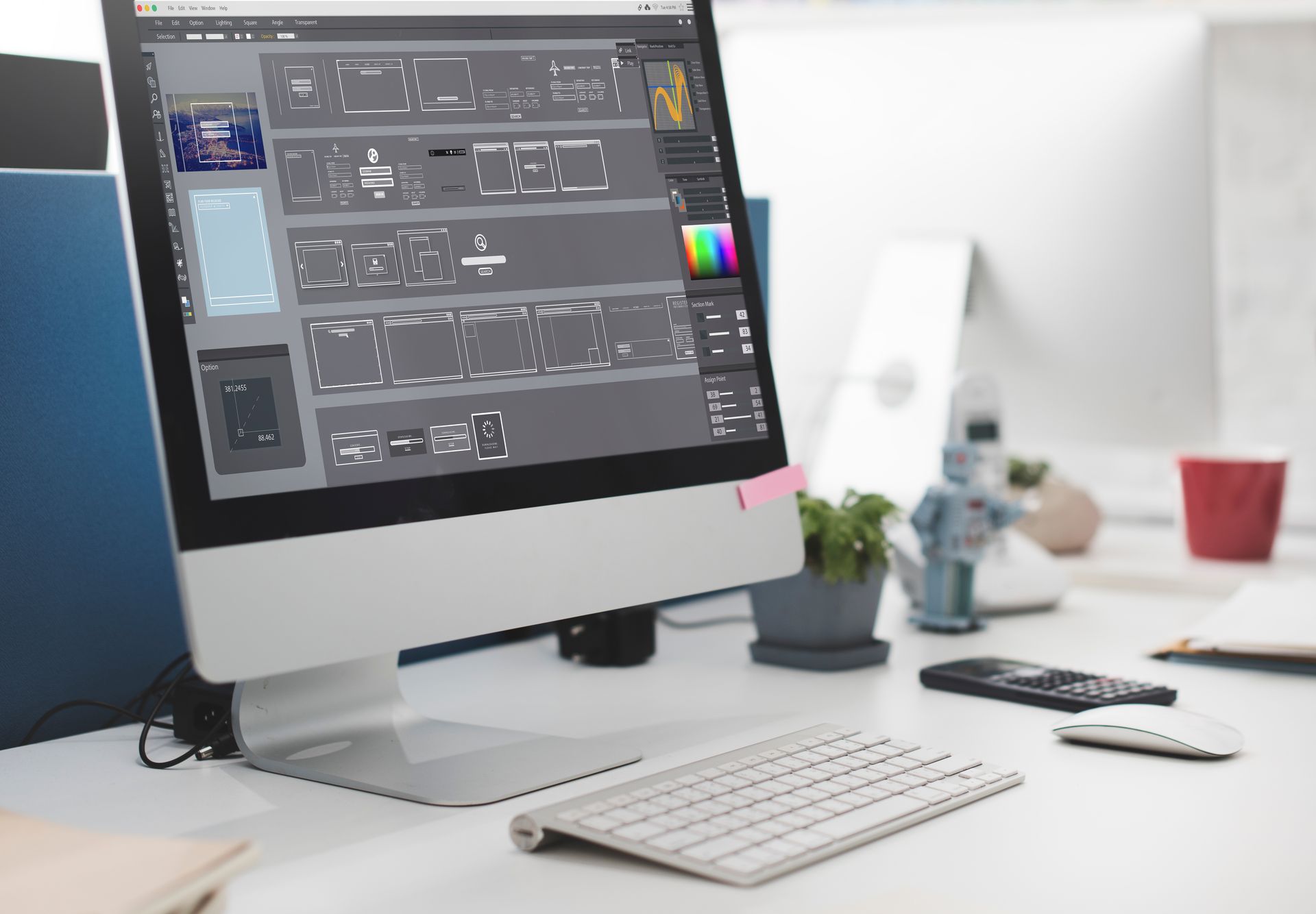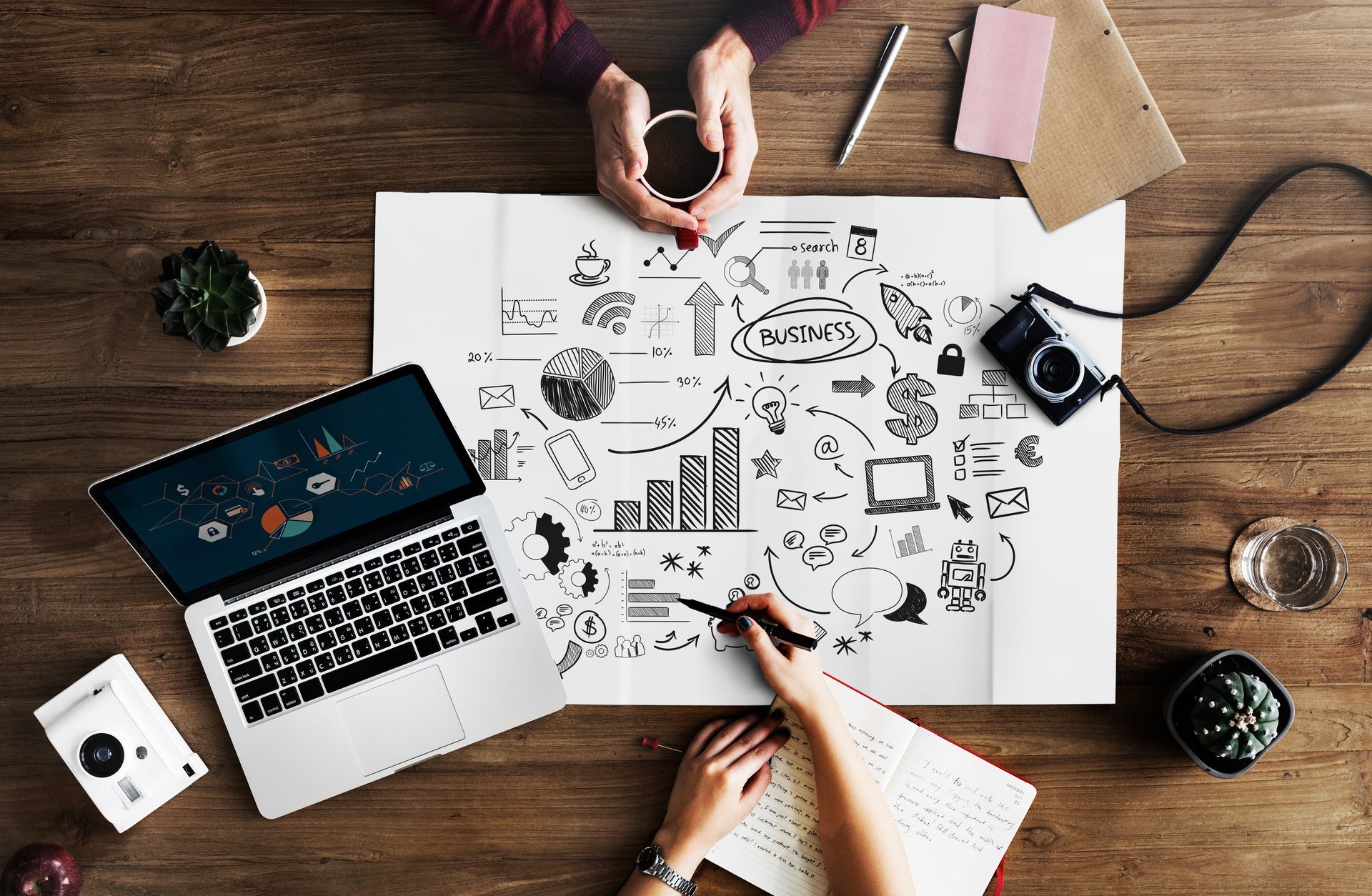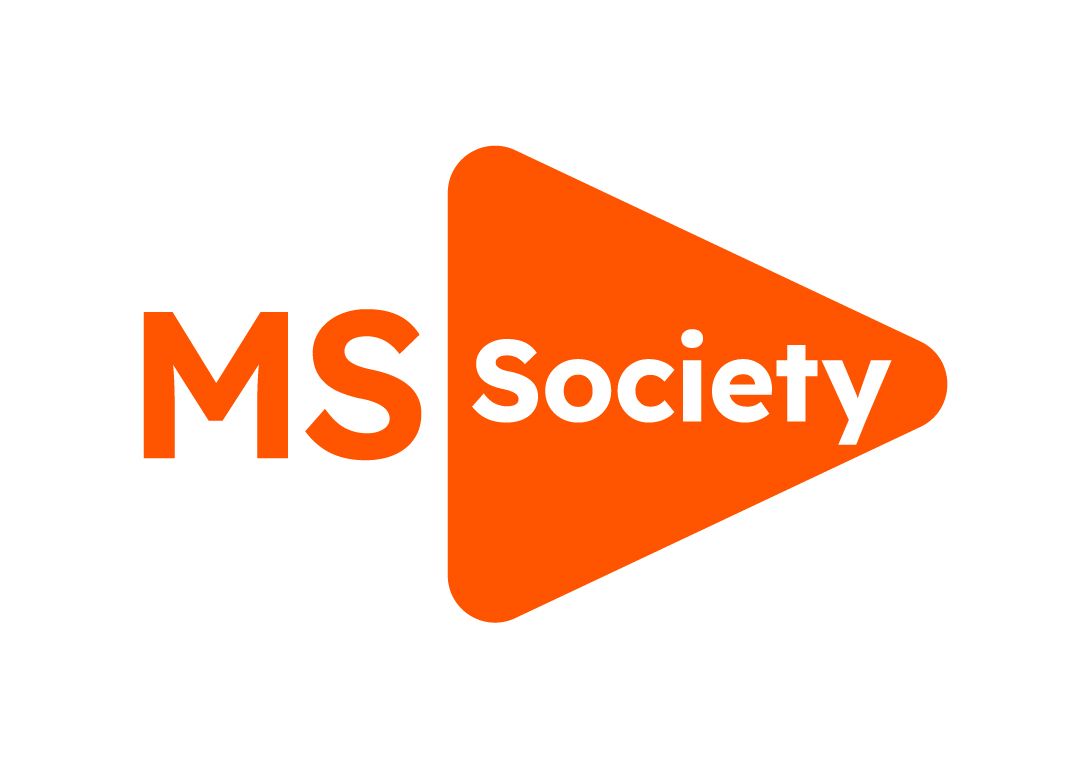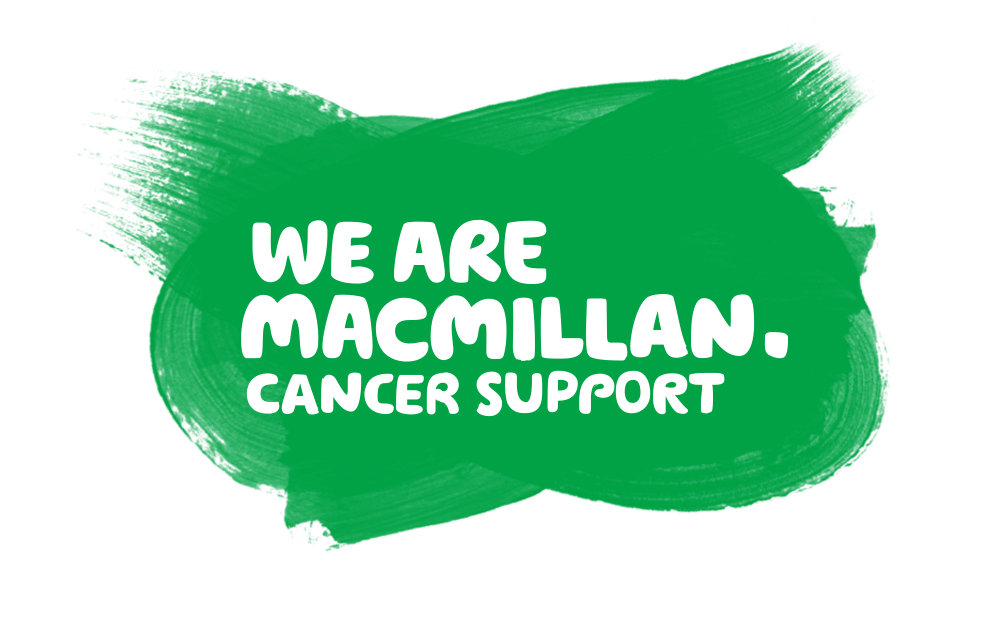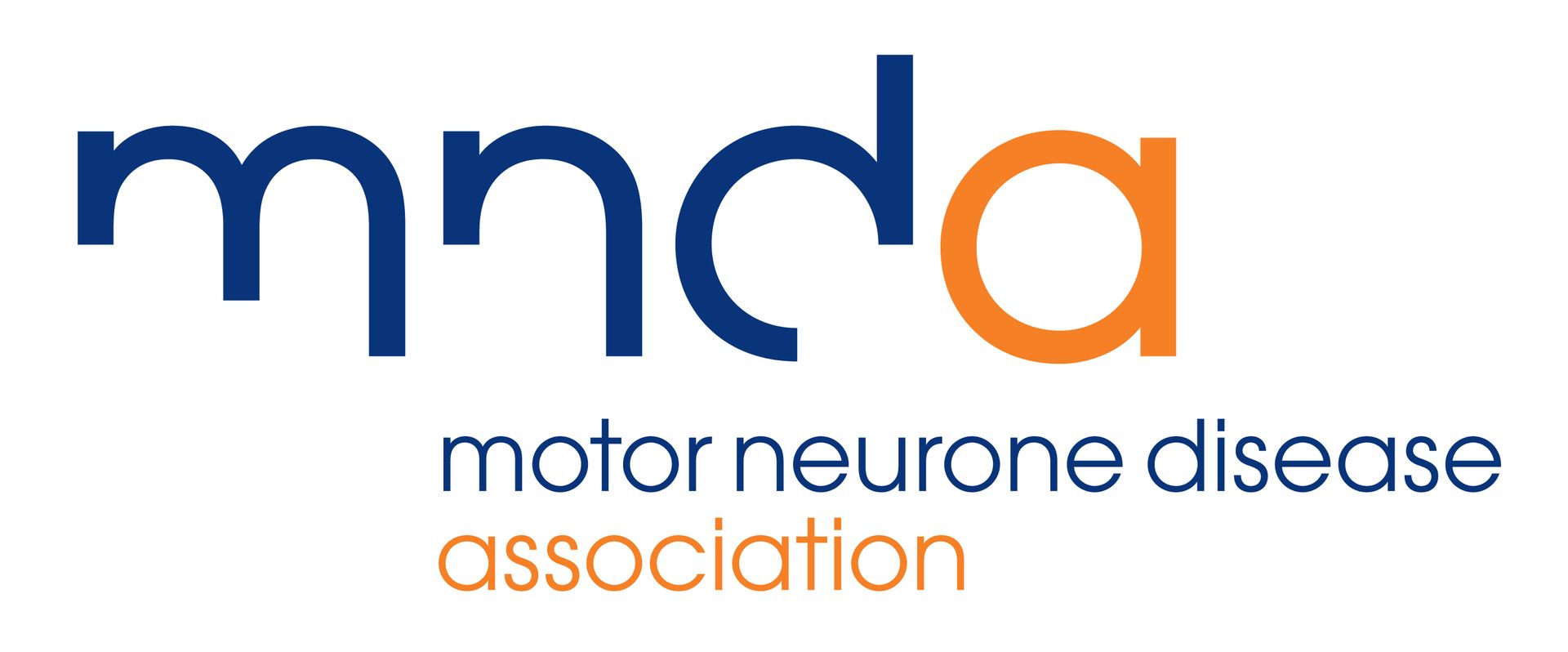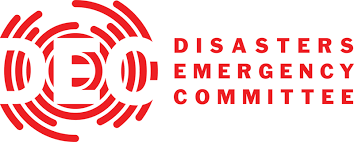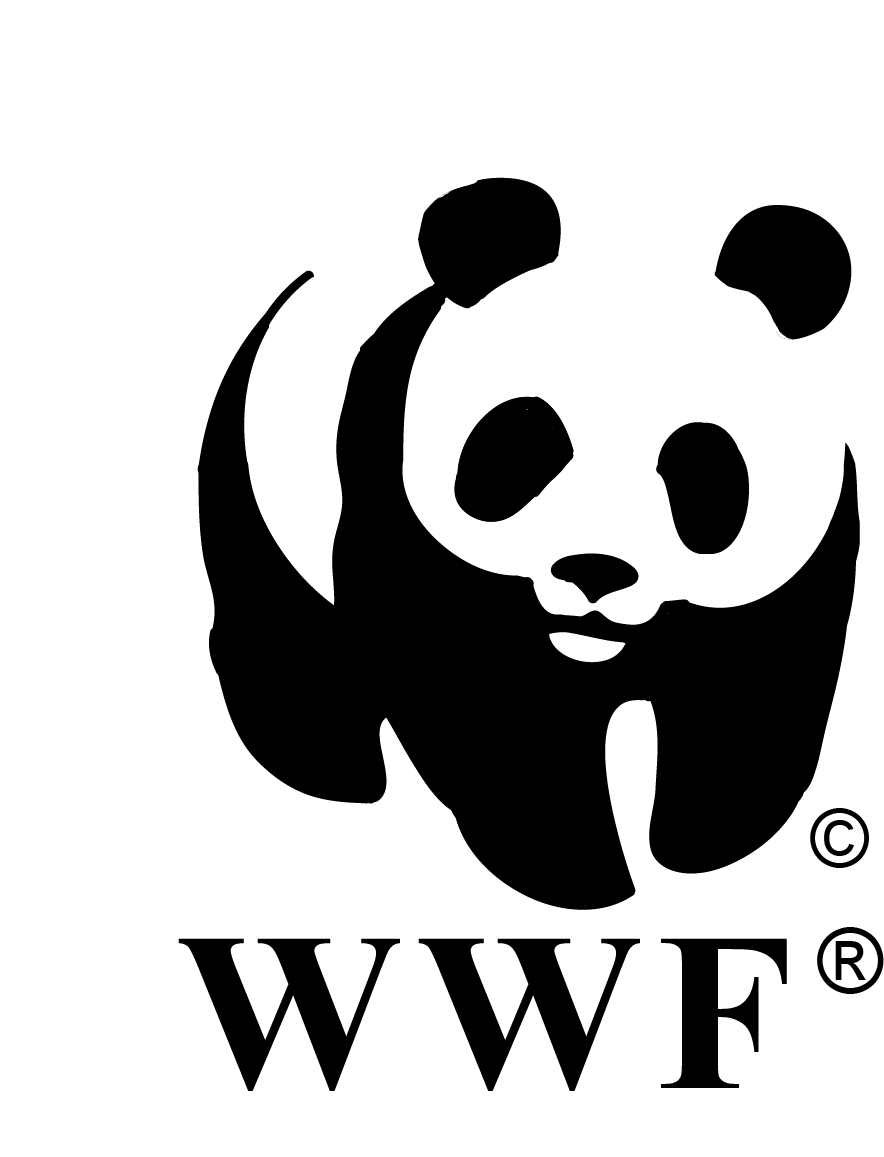The Future of Publishing: Embracing Interactive Flipbooks over Print
Executive Summary:
In an era defined by technological advancement, the publishing industry is at a crossroads. Traditional print media has long been the cornerstone of information dissemination, but the rise of digital technology has introduced a new paradigm: online interactive flipbooks. This report explores the transition from print to digital flipbooks, analyzing the pros and cons of each format, the environmental implications, the cost considerations, and the overall benefits of embracing a fully digital future.
Introduction: The Shift Towards Digital Publishing
The advent of the internet and mobile technology has revolutionized the way people consume content. Digital formats have become more accessible and interactive, leading to a shift in consumer preferences. As a result, publishing companies are increasingly considering the transition from print to digital formats, such as online interactive flipbooks.
Comparing Print and Online Interactive Flipbooks:
Pros of Online Interactive Flipbooks:
- Interactivity: Interactive flipbooks allow for multimedia elements like videos, hyperlinks, and animations. This enhanced engagement can significantly enhance the reader's experience.
- Accessibility: Digital flipbooks are accessible on various devices, making them more convenient for a diverse audience.
- Cost-Effective: While the initial setup cost may be higher, digital publishing reduces printing, distribution, and storage costs.
- Analytics: Digital formats enable publishers to track reader behavior, gaining valuable insights into content performance and reader preferences.
Cons of Print:
- Environmental Impact: Print media has a significant negative environmental impact due to paper production, ink usage, and transportation.
- Limited Interactivity: Print materials lack the interactivity and multimedia elements that digital formats can provide.
- Distribution Challenges: Print materials often require substantial logistics and storage, which can lead to higher costs and delays.
- Inflexibility: Once printed, making changes or updates to content is expensive and time-consuming.
Environmental Considerations:
Print media's environmental impact is a growing concern. The production of paper contributes to deforestation and carbon emissions, and the disposal of printed materials generates waste. In contrast, digital formats significantly reduce the carbon footprint by eliminating paper consumption and transportation.
Example: The Impact of National Geographic's Transition
National Geographic, a renowned print magazine, transitioned to a fully digital format in 2022, reducing its carbon footprint by an estimated 70%, according to their sustainability report.
Cost Considerations:
While the initial investment in digital publishing technology can be higher, the ongoing costs are substantially lower. Printing, distribution, and storage expenses can be reduced or eliminated entirely. Digital formats also provide opportunities for monetization through subscription models, advertisements, and e-commerce integration.
Example: A Comparative Cost Analysis
A study by McKinsey & Company found that a transition to fully digital publishing could result in a 30-40% reduction in overall publishing costs over a five-year period.
The Benefits of Going Fully Digital:
- Wider Audience Reach: Digital publications can be accessed globally, expanding the potential readership.
- Real-time Updates: Digital content can be updated instantly, ensuring readers have access to the latest information.
- Enhanced Engagement: Interactivity and multimedia elements in digital formats can captivate and retain reader attention.
- Data Analytics: Publishers can gain insights into reader behavior, preferences, and demographics, helping them tailor content and marketing strategies.
- Reduced Environmental Impact: Transitioning to digital formats significantly reduces the ecological footprint of the publishing industry.
Conclusion: The Path Forward
The publishing industry is at a critical juncture, and the advantages of switching to online interactive flipbooks over print are evident. The environmental benefits, cost savings, and enhanced reader engagement make the transition to digital formats a compelling choice for publishers. While print media has its place, embracing digital publishing as the way forward offers a promising future for the industry, readers, and the environment. It is time to turn the page and embark on a fully digital journey.





